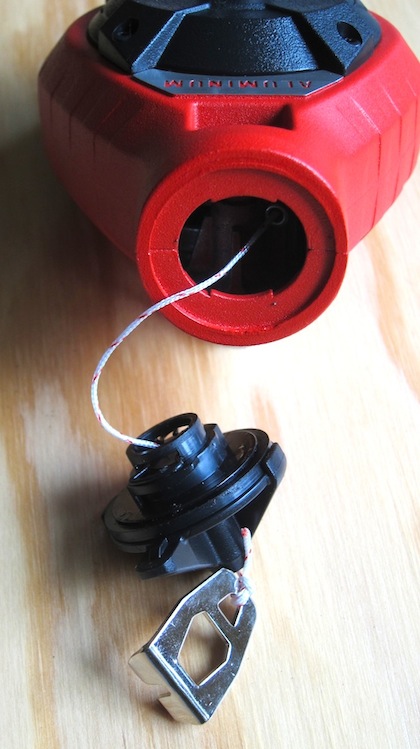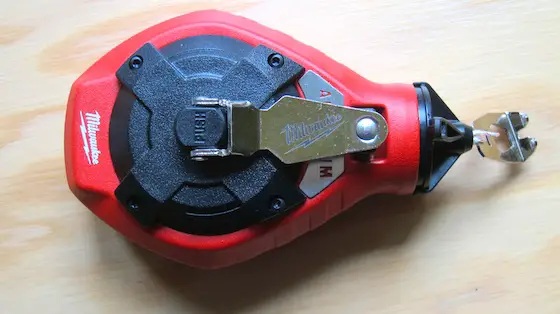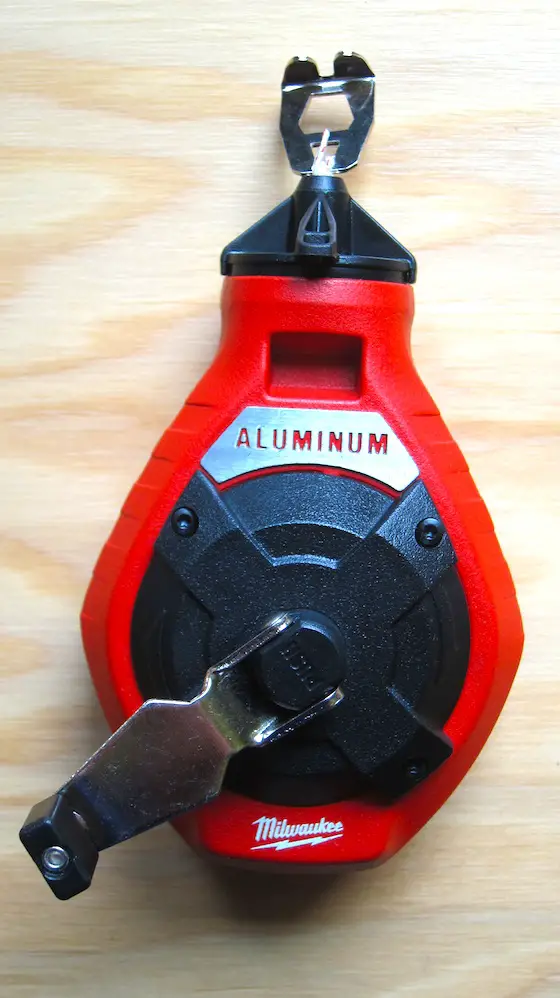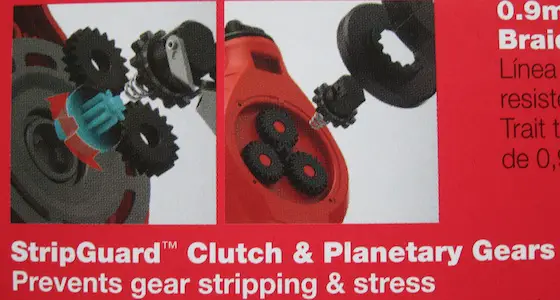I had a troubling thing happen to me this week that you need to know about.
I'm about to save you thousands of dollars in the future.
A public relations (PR) person who I'll not name contacted me with the following message:
"Hi Tim,
Wondered if you might need a building expert who specializes in sustainability as a resource for an upcoming story?"
My response was simple:
Can you send me (name of *expert* hidden by me)'s CV?
I'm interested to know how deep his/her knowledge of the process is.
The PR person came back to me with a spin answer that had zero information about the *expert's* background that would qualify her/him as an expert.
I once again requested the *expert's* CV - curriculum vitae - so I could vet the person to see if he/she was really an expert.
The PR person never responded back.
This *expert* is someone you might see on a TV show.
Why should this be of importance to you? Do you think that all the hosts of TV shows you see are real professionals?
What is the definition of a professional?
Just because a person has a TV show, does that make them an expert on a topic?
Should you trust their advice?
I know I can answer the above questions, but can you?
If you're going to put thousands of your hard-earned dollars in the balance to do a job at your home, don't you think you should be getting advice from a person that has these minimal qualifications:
- has actually done the job
- has done the job at paying customers' homes for decades
Yeah, I thought so. Don't ever HOPE the advice you're getting is going to work.
You need to know that the person giving the advice has walked the walk.
Remember, you HOPE for things when you can't control the outcome of that thing. You can control where you get expert advice all the time.

House Design Book
More than a few months ago, Bill Hirsch Jr., AIA, sent me his book to review.
It's filled with solid advice about what you need to know if you're about to build a new home.
The last thing you need are design flaws.

The book contains stunning photos, but it's also filled with lots of practical advice.
I can tell you I've been inside many homes that have basic design flaws that cause all sorts of issues.
Even here at my own home I have a few. I didn't build the house I live in here in NH. My own home here has a very common deck design flaw.
My deck is only 10-feet wide out from the house. That's too narrow to put a small 4-foot diameter table with chairs and have enough room for people to get by when people are seated at the table.
If you want to know the minimum width for a deck then CLICK HERE.
I've got lots of the same design advice at my website, but Bill consolidated it into this book.
It's worth every penny, so I suggest you order it.
CLICK HERE to get either the Kindle or hard-copy edition.
| . |
| MYSTERY LINK! You peer up into your attic. You see something that's NOT supposed to be there. What is it? |
| . |
Water Behind House Wrap
Here's a column I just wrote. You're not going to believe the photo you're about to see.
CLICK HERE and be amazed.
Don't ever make the mistake this homeowner made.
Replace a Tub With a Walk-In Shower
Here's another column for you.
I'll guarantee you you'll discover something new with this one.
Wait until you see the photo in this one. WOWZA!
CLICK HERE to see it.
That's enough for today.
I'll be back soon.
Tim Carter
Founder - www.AsktheBuilder.com
Do It Right, Not Over!













